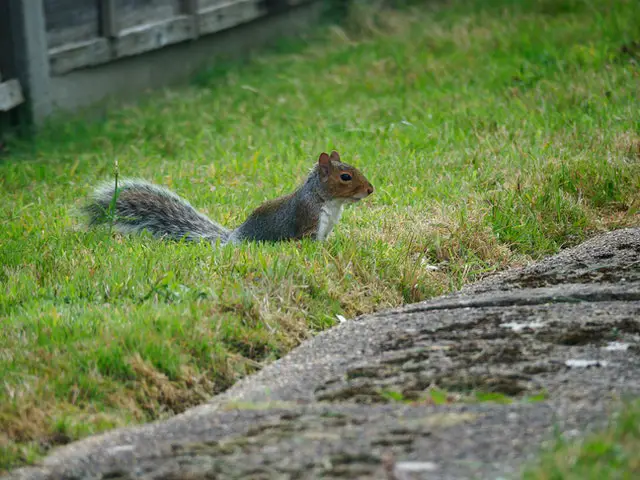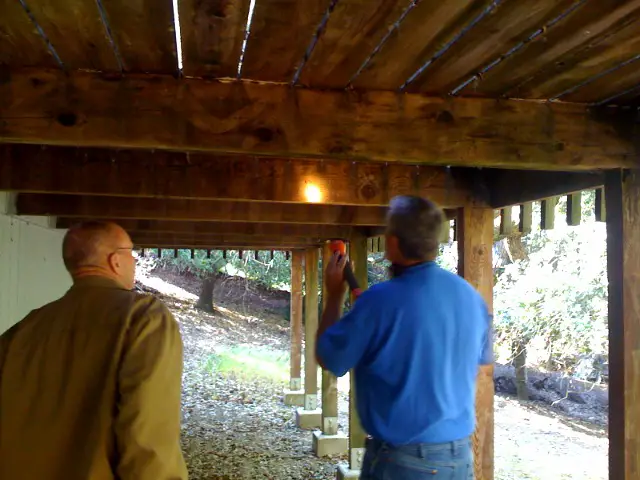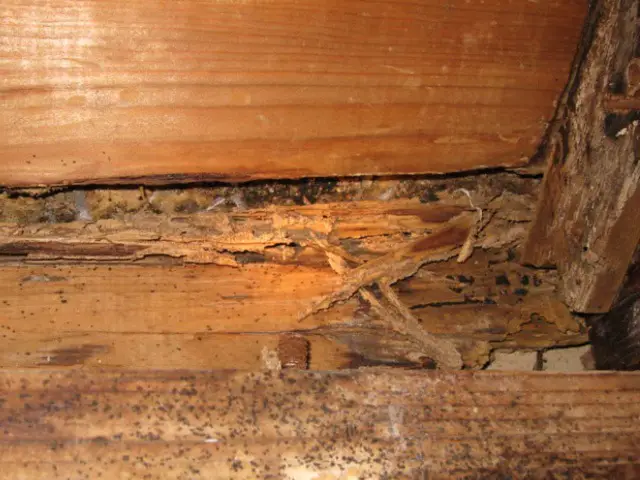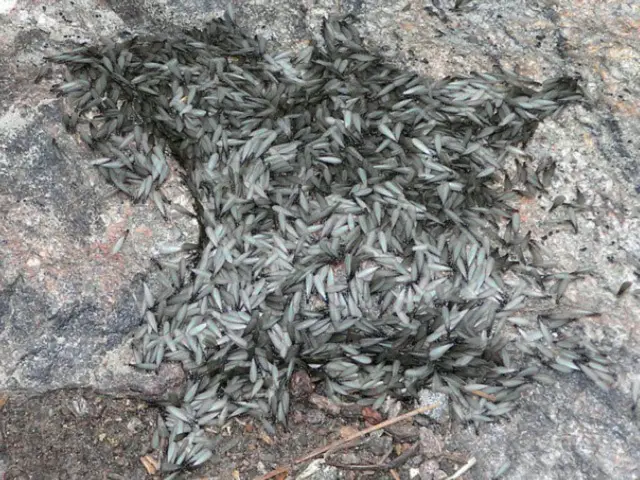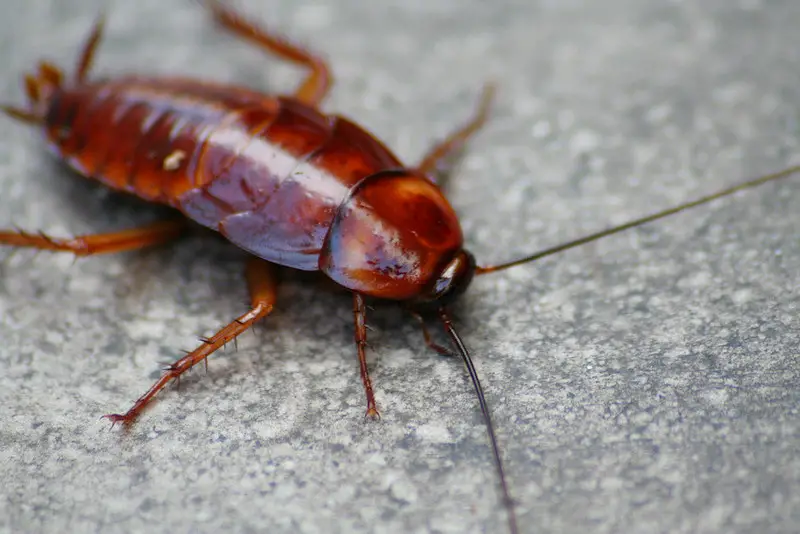Vermin and Rodent Diseases
Vermin and rodents are not just an annoyance because they gnaw on furniture, destroy electrical wiring or dig into your food. Vermin are dangerous pests such as rats, mice, raccoons, cockroaches, and mosquitos. Vermin carry diseases that can easily spread to humans through bite wounds or rodent contaminated food and water consumption. Learn about vermin diseases and how to protect yourself from them.
How Vermin and Rodent Diseases Spread
There are over 35 diseases that rats and mice alone are responsible for spreading worldwide. These diseases pass onto humans through rat bites. Contaminated food and droppings or rodent urine in the air can also spread diseases. Since rodents tend to carry insects on their backs, these tailed creatures are also responsible for diseases spread indirectly through mites, ticks and fleas that transmit the infection after feeding on infected rodents. Fleas cannot live without a host like a rat, mouse, raccoon, etc.
Common Rodent Diseases
Hantavirus Pulmonary Syndrome (HPS) is a viral disease that starts with headaches and fever and leads to a severe lung illness that can lead to death. HPS kills nearly half of its victims, with the culprit carrier being the deer mouse. You can get HPS from inhaling infectious air from rodent waste or saliva.
Weil’s Syndrome is an extreme form of leptospirosis or an influenza-like illness. The bubonic and pneumonic plague is a serious yet rare infection that travels from rodents to humans through flea bites. Lymphocytic choriomeningitis is a viral infection that leads to an inflammation of the membrane surrounding the spinal cord and brain. Lassa fever from West Africa is an acute viral infection causing fever, chest pains, sore throat, back pain and other neurological and abdominal problems.
Protecting Yourself From Rodent Diseases
The best way to stay safe from rodent diseases is to eradicate and thoroughly disinfect any area in your house that may have been contaminated. In addition, to prevent rodents from getting in, seal up all possible holes and entryways and properly seal all foodstuffs and garbage cans.
During cleaning, air out infested spaces and wear gloves while spraying all areas with disinfectant or a bleach mixture. If there is a serious rodent infestation in your home, call an exterminator or pest control agency that will send professionals to get rid of the nests and clean up the area.
Tick Invasion: Signs and Helpful Suggestions
Initially, the signs of a tick problem are quite subtle. Dogs pick up ticks here and there, and it’s no big deal, right? One had no way of knowing how long a tick problem has been going on, but when it becomes a full-blown infestation, you can no longer avoid it.
Here are some signs of a tick infestation so that one might recognize sooner and before it gets out of control, saving hundreds of dollars in pest control and veterinary bills.
What to do if you find ticks in your house?
- Any ticks found on pets. Sure, your dog may have simply picked up this pest in the backyard or on his walk, but you must realize that the tick you find may not be the first or only parasite on your beloved pet.
- Spots of blood. These appear anywhere a tick has burst if found on the floor or carpeting. If found on your pet, you can assume that the small bloody area recently housed a feeding tick. Common areas on pets to find these spots and other living ticks are on paws and ears, but any area on your pet is fair game for these pests.
- Sightings of tiny spiders. At first, you might think these pests are just baby spiders making their way into the world. However, while they are arachnids, they are quite different from spiders as they are considered external parasites living on the blood of mammals, birds, and reptiles.
If this is where your journey into tick invasion ends – good for you! For the sake of your pet or pets, take action to protect them from tick fever and other diseases by consulting with a veterinarian. A flea or tick collar may not be sufficient, and you may want to look into using an application of Advantix or a similar product to be sure. Some breeds are sensitive, so it bears repeating that you will want to consult a vet. In addition, it is prudent at these early stages of infestation to have a reputable pest control company spray the home to keep down any rising population.
Why do I have ticks in my house?
Infestation of ticks becomes obvious when ticks can be visible in the areas you might expect to find a cockroach (i.e., under, behind, and in-between areas). In particular, ticks appear to seek out areas that resemble hair, such as carpeting, towels, blankets, and even shower curtains. The edges of these are the easiest place to find lurking ticks. In addition, the pests are generally anxious to move about when furniture is moved and cleaning is being done.
Ticks can find amazing hiding places within the home. Under switchplates and outlet covers, as well as the tracks of sliding glass doors, are safe places for the pests. Beneath and behind and within sofas and chairs appears to be a favorite nursery environment for ticks as it is so seldom disturbed. If you are finding ticks in these areas, multiple, extensive sprays will be necessary from a reputable pest control company.
How to get rid of ticks in house?
Follow these tips to deal with a tick infestation in your home.
- Clean the home thoroughly before a spray, as you will not want to disturb the chemical once it is sprayed for at least a few days. This allows the chemical time to do its job and time for the pests to walk through or encounter it.
- Flip the furniture over and vacuum out anything that is visible. Have these areas sprayed by your chosen rodent control technician.
- Shake out and clean area rugs. Again, no one should be in the home for the chemical spray.
- Clean perimeter areas of each room, leaving no area untouched. The area you skip will become a breeding ground. Have these areas, as well as all wall plates and thresholds, sprayed.
- Have yard areas sprayed thoroughly to control outdoor tick and general pest population. Getting the surrounding areas under control will go a long way to containing the infestation indoors.
Even after following these tips, it may take as long as a month to completely solve a major tick infestation. However, patience, vigilance, and removing ticks each time they are seen will eventually shut down these pests. Thankfully, commercial-grade pesticides used for controlling ticks and other small insects are completely safe for pets and people. Additionally, some ticks are specific only to animals and have no interest in a human host (such as those pictured here); however, there are more than 900 species, and many have been known to carry disease. Therefore, it is in the best interest of all involved to take action to protect pets and people from ticks using these methods.
Finally, be aware that there is a possibility that ticks may be introduced to a home or yard on the fur of another pest such as gophers or mice.
Related post: How to Kill Gophers with Bleach and Ammonia?
Preventing these types of animals from entering the home will also safeguard you from a tick invasion. There are many ways to achieve this, and every home is different.
What You Should Know About Hantavirus
How Hantavirus is Spread
Hantaviruses are transmitted by human contact with rodents and their droppings, urine and saliva. Being bitten by a carrier can transmit hantavirus, but you can also get the disease from breathing in particles of rodent leavings through a process called “aerosolization.”
Avoid shacks or dark, musty areas where the virus can travel through the air with ease. UV rays from sunlight kill the hantavirus. The virus can’t be transmitted to a person indirectly through another person or animal with the virus. The Deer mouse is the most common carrier of the disease.
Symptoms of Hantavirus
Common symptoms of HPS (hantavirus pulmonary syndrome) include fever, deep muscle aches and shortness of breath. If you notice any of these, be sure to contact a doctor and inform him/her of your possible rodent exposure.
How to prevent Hantavirus?
Controlling the rodents in and around your home is the most effective cautionary measure you can take. If you happen to spot a rodent infestation, such as droppings, you can neutralize the virus with household disinfectants or bleach. If the infestation is in contact with a delicate item, leave it in the sunlight for several hours.
Rodent Infestation
Are you hearing scampering sounds in your home during the night? Have you noticed your dog going crazy over a certain corner in the house? You may have a rodent infestation in your house. The good news is that there are ways to tell if your house is the new home of rats and mice.
Signs of Rodent Infestation
Although rats and mice are nocturnal pests, which means you are more likely to catch them during the night. Rodents leave behind distinct marks that make it clear that they have invaded your home.
Rodent feces is the telltale sign of an infestation. You are likely to find droppings where you store food, storage boxes, in the cupboards, under the sink, along the walls, closets, at the top of wall studs and beams.
Rodents make their nests from soft and fuzzy materials, such as fabric, shredded paper, dry grass, small twigs, furniture stuffing and so on. They can create nests in closets, boxes, cabinets, the spaces between floors and ceilings, dresser drawers, machinery and even appliances. This is because rodents nest in quiet locations close to water and food. Based on the shape, size and color of the droppings, a pest control expert can tell what kind of rats are in your home.
What additional signs indicate a rodent infestation?
Grease marks provide a clear indication that you have rodents in your home. Rats and mice leave greasy marks from dirt and oil in their coats as they squeeze through openings as tiny as a quarter of an inch. Larger grease marks generally indicate a rat infestation.
Additional signs could be chew marks. You may also notice things that have been gnawed on, such as paper, wood, fabric, and plastic. Since their incisor teeth continuously grow, mice and rats have to gnaw on things to keep their teeth in check. This is especially dangerous, as they like to chew on electrical wires, which can cause fires.
Rodents are known to create feeding stations, where they collect food and leave larger droppings. Watch for half-eaten or nibbled on food boxes and containers, especially dog food, pasta, rice, and beans. Moreover, if you notice an unfamiliar musky odor, chances are you have rats and mice in your home.
How to get rid of rodents?
Check to see if you can find feet and tail tracks in dustier areas of the house. Also, try to listen for rodent activity during the night. For example, you might hear squeaky noises as they move from nest to nest. A simple way to track where the rodents travel is to dust a light coat of baby powder or flour along with suspected areas, such as walls, kitchen or other areas where rodents are likely to scurry. You can use the same technique for monitoring mice and rats after you’ve cleared out a rodent infestation.
If you suspect that you have rodents living in your house, it’s best to call an exterminator who can get rid of the pests. Pest control will get rid of the nests and get rid of the rodents. Not all mice and rats are dangerous, but many are, so it’s best to rodent-proof your house.
